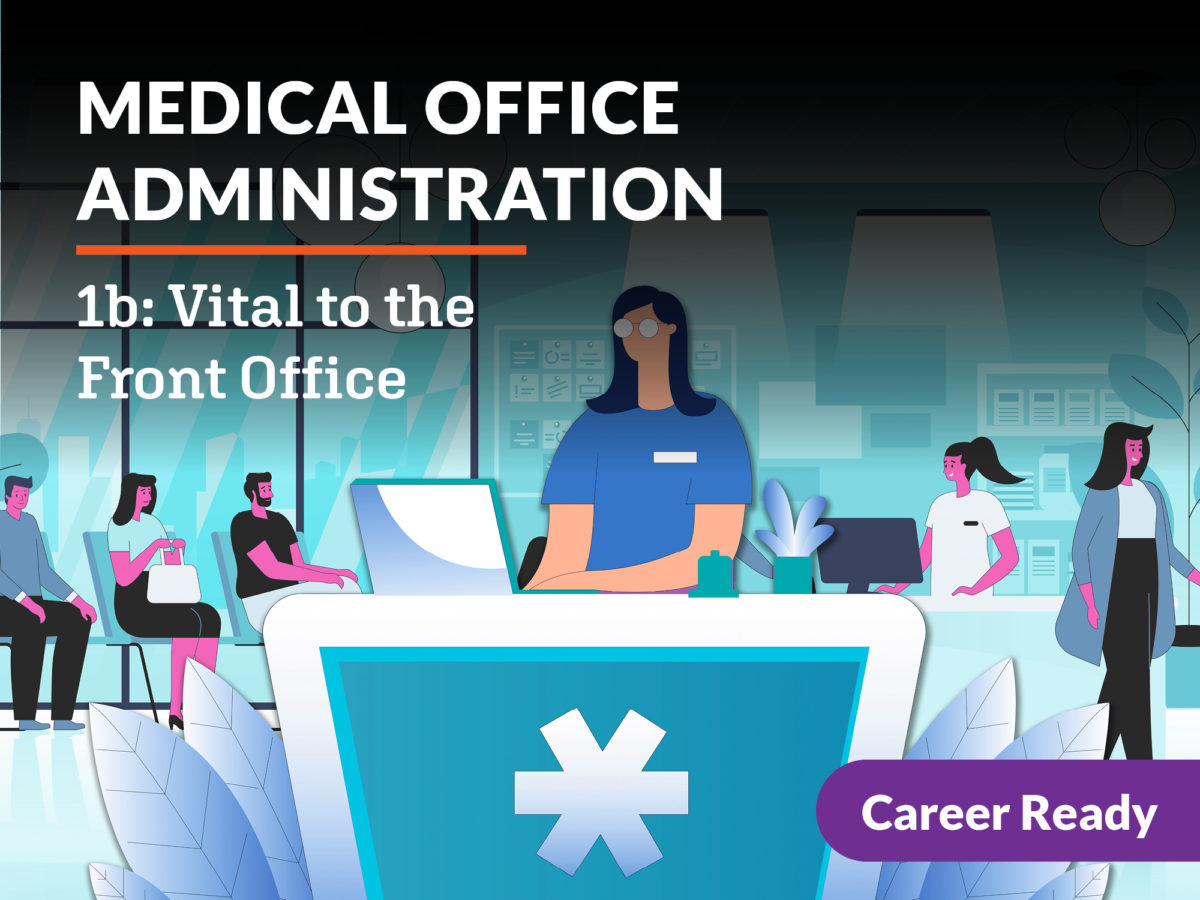The Future of Medical Administration: Patterns and Developments to Watch
The Future of Medical Administration: Patterns and Developments to Watch
Blog Article
Ideal Practices in Medical Administration for Improving Efficiency and Minimizing Costs
In the ever-evolving landscape of healthcare, the quest of ideal methods in clinical administration is critical for enhancing effectiveness and suppressing expenses. By integrating sophisticated modern technologies such as digital health records and telemedicine, healthcare companies can simplify procedures and enhance person care.
Leveraging Advanced Innovation
In today's rapidly developing medical care landscape, leveraging innovative modern technology is no more optional but important for effective medical administration. The assimilation of digital remedies right into healthcare systems has transformed the means centers run, improving processes and boosting client treatment. Electronic Wellness Records (EHRs) are essential, offering extensive individual data that can be accessed instantly by authorized workers, therefore lowering redundancy and lessening errors. By systematizing client info, EHRs eliminate the demand for cumbersome documentation and facilitate seamless interaction among healthcare suppliers.
Telemedicine is another technological improvement that has transformed client interaction. It offers convenience for both people and healthcare specialists by making it possible for remote appointments, which can lower the demand for in-person sees and enhance visit scheduling. In addition, telehealth systems can extend healthcare accessibility to rural or underserved areas, connecting gaps in care distribution.
Additionally, the use of Artificial Knowledge (AI) and artificial intelligence is ending up being progressively widespread in predictive analytics, permitting very early discovery of potential health concerns and even more informed decision-making. These innovations, when incorporated effectively, can boost analysis precision and individualize individual therapy plans, inevitably leading to improved medical care results and functional efficiency.
Optimizing Resource Appropriation
Efficient resource allocation is critical for making the most of the efficiency of medical administration. By tactically managing sources such as employees, equipment, and finances, healthcare facilities can substantially enhance their functional efficiency, boost client end results, and decrease unnecessary expenditures. The very first step in optimizing source allocation includes conducting a thorough evaluation of current properties and recognizing areas where resources might be underutilized or overextended. This assessment ought to be data-driven, utilizing metrics and analytics to inform decision-making procedures.
Prioritizing resource appropriation based on individual demands and solution needs is necessary. Implementing adaptable staffing designs can additionally enhance labor sources by changing employees allotment in feedback to fluctuating person volumes.
Monetary resources need to be thoroughly monitored and designated with critical insight to sustain both short-term operational requirements and long-term institutional goals. This consists of investing in training programs that boost personnel proficiencies and adopting energy-efficient practices that reduce operational costs (medical administration). Ultimately, an optimized resource appropriation technique promotes a sustainable healthcare setting that is responsive, reliable, and monetarily prudent
Streamlining Operations Procedures
When health care facilities objective to enhance functional performance, streamlining process procedures ends up being a pivotal emphasis. Reliable workflows reduce redundancy, get rid of unnecessary steps, and boost sychronisation amongst healthcare specialists. This approach not only increases service distribution however likewise improves the quality of person care.

Next, technology combination plays a significant function in enhancing workflows. Implementing electronic health and wellness documents (EHRs) and digital doctor order access (CPOE) systems reduces paperwork, minimizes human error, and ensures details comes to all pertinent personnel. In addition, leveraging telemedicine systems can simplify person examinations and follow-ups, reducing the pressure on physical infrastructure.

Eventually, streamlined operations lead to set you back reductions and improved client complete satisfaction, promoting a much more sustainable healthcare atmosphere.
Enhancing Information Monitoring
Building upon structured workflows, optimizing information administration comes to be an essential element beforehand health care management. Effective data administration systems are essential for preserving exact client records, improving decision-making, and making sure compliance with regulative criteria. By applying durable information monitoring services, health care facilities can enhance the top quality of individual treatment while at the same visit homepage time minimizing functional costs.
One trick element of improving data monitoring is the integration of innovative digital health record (EHR) systems. These systems help with the smooth exchange of client details throughout different divisions, minimizing duplication of examinations and decreasing mistakes. A well-designed EHR system supports data analytics, allowing health care suppliers to recognize trends and make educated choices pertaining to patient care.
Moreover, protecting individual information is vital. Taking on comprehensive cybersecurity actions, including file encryption and normal audits, ensures the honesty and confidentiality of sensitive info. This not only protects individuals yet also preserves the establishment's online reputation.
Buying personnel training is an additional crucial variable. Educating medical care specialists on information monitoring methods boosts their capability to properly use innovation, resulting in enhanced person outcomes. Finally, boosting information administration through sophisticated technology and detailed training is crucial for accomplishing effectiveness and cost reduction in medical management.
Fostering Collaborative Communication
An essential part ahead of time medical management is promoting joint interaction amongst healthcare experts. Effective communication is extremely important for guaranteeing smooth client treatment, optimizing treatment end results, and lessening mistakes. By encouraging open dialogue and coordination across multidisciplinary teams, healthcare organizations can improve their functional effectiveness and lower unnecessary prices.
Central to this strategy is the combination of interaction innovations such as digital health records (EHRs) and secure messaging systems, which facilitate the rapid exchange of vital person information. These devices make it possible for doctor to accessibility and share data in real time, making certain that all group members are educated and aligned in their decision-making processes. Routine group meetings and interdisciplinary rounds can better advertise a society of partnership and accountability.
Training programs concentrated on enhancing communication skills are also necessary. Eventually, fostering collaborative interaction leads to improved healthcare distribution and cost savings.

Conclusion
Incorporating sophisticated technology, such as digital health and wellness documents and telemedicine, along with maximized resource allocation and streamlined process procedures, is his comment is here crucial for improving effectiveness in clinical management. Reliable data management and fostering joint interaction amongst healthcare groups are vital for decreasing redundancies and improving care high quality. By prioritizing preventive care and taking part in quality renovation efforts, healthcare companies can attain significant cost financial savings and enhanced individual outcomes, thus guaranteeing sustainable medical care delivery in an increasingly intricate atmosphere.
Report this page